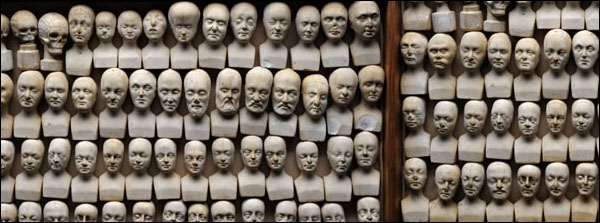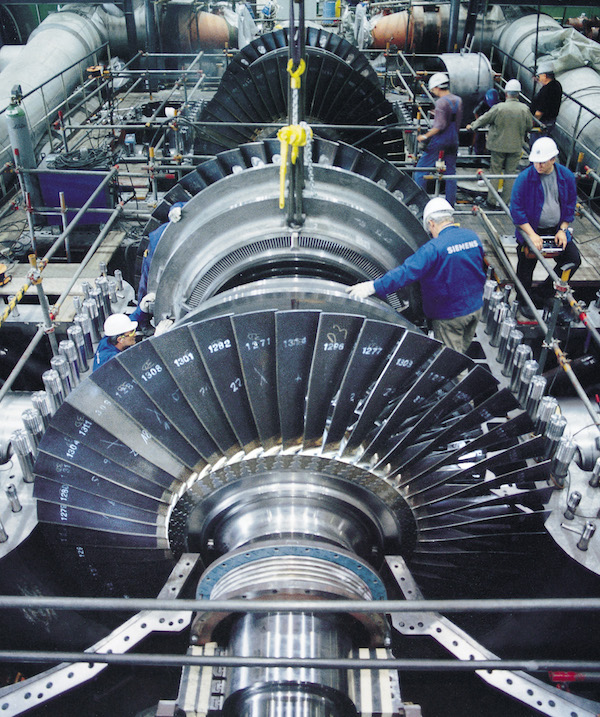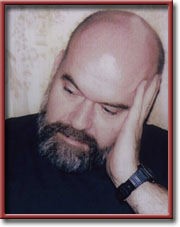The Turbine Within Us

“The body uses a lot of ATP; in fact, even a sedentary man weighing around 150 lbs. requires around 183 lbs. of ATP each day.”—By Sanford Rose
Dolors & Sense
By Sanford Rose

KISSIMMEE Florida—(Weekly Hubris)—7/7/2014—All energy comes, directly or indirectly, from converting electrons from a more excited to a less excited state.
In the human body, this electron tranquilizing occurs primarily in the mitochondria of cells—organelles (little organs) that are really co-opted bacteria.
They strip electrons from molecules formed by the absorption of food, dubbed electron donors, and convey these electrons to molecules eager to bear them, called electron acceptors.
Among the most accepting of electrons is molecular oxygen.
We can manufacture energy without oxygen—only not very much.
But when we have oxygen, we can really get fired up, because oxygen is needed as the ultimate garbage collector, carting away electrons that have released energy and combining them with hydrogen to form water.
The electrons stripped from two molecules derived from the breakdown of sugars—NADH and FADH2—are moved, like an assembly line, from one mitochondrial factory to another, becoming less energized at each stage.
The lost energy is used by the mitochondrial inner layer or matrix to pump hydrogen protons into the mitochondrion’s inter-membrane space, forming a protein gradient—that is, more proteins in the outer than in the inner layer of the tiny organelle.
This unequal distribution of proteins is of course electrochemically unstable. The positively charged protons want to flow back into the mitochondrion’s inner layer.
As they do so, a further surge of energy occurs, one sufficient to turn the axle of what is actually a miniaturized water turbine embedded within the mitochondrion.
It is the power from this turbine that enables the mitochondrion to push a phosphate group onto adenosine diphosphate (ADP), forming adenosine triphosphate (ATP).
And it is ATP that provides the energy used by every cell in the body.
The body uses a lot of ATP; in fact, even a sedentary man weighing around 150 lbs will require about 183 lbs of ATP each day.
So, as ATP releases energy, becoming, once again, ADP, that ADP must be recycled, roughly 300 times a day, to re-form ATP.
And it’s all possible because high-energy electrons give up their energy to pump protons that in turn cascade down through a membrane to turn a handle that runs a microscopic enzymatic replica of a rotary engine.
